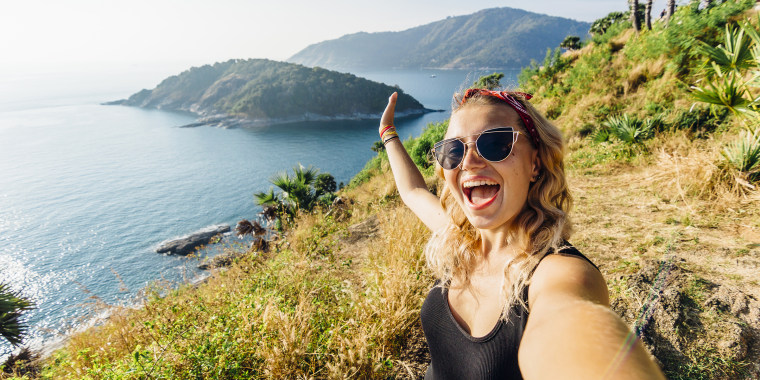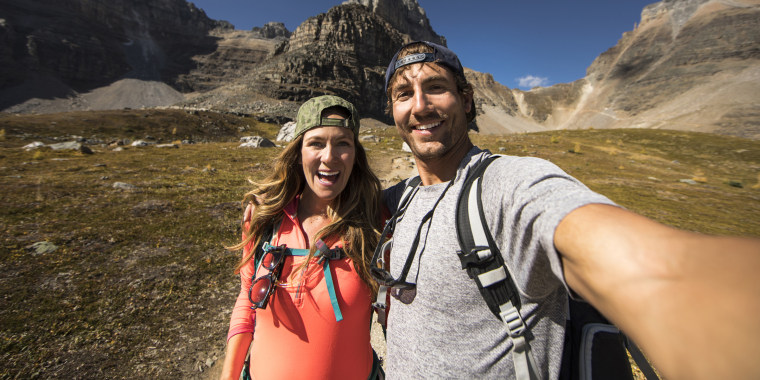When you’re planning a vacation, there’s nothing like scrolling through Instagram to fuel your wanderlust. Who hasn’t been inspired by looking at a photo of the Grand Canyon or Iceland’s stunning Blue Lagoon?
But those breathtaking photos could be taking a toll on the very places they promote.
NBC news correspondent Kerry Sanders traveled to Iceland — among the most popular destinations on social media — and found that, while social media such as Instagram has been valuable in increasing visitors to the island nation, it’s also contributed to putting some of the country’s most beautiful landmarks at risk of over-tourism.
“I guess we didn’t even know this existed until Instagram,” traveler Jarrah Kennedy tells Sanders. “Then we looked at the images and hashtags of the Blue Lagoon, and we thought, ‘Wow, let’s go!’”
In 1990, Iceland received just 142,000 tourists. Last year, more than two million arrived, almost all from the U.S. That's great for business, but environmental experts have concerns.

Conservationists around the world are concerned photographers who geotag put fragile ecosystems and wild animals at risk. As a defense, they are now asking tourists to skip those geotags.
Tourism officials in Iceland are also asking visitors to consider skipping the most popular sites and instead look for more off-the-beaten-path attractions. Meanwhile, conservation experts are concerned about damage to wildlife and fragile ecosystems and are asking travelers to skip the geotags on their social media posts.
For example, one of Iceland's most unusual geotagged attractions is the 1973 wreckage of a U.S. Navy plane crash, which all members aboard survived. Local officials say they worry about the increasing number of tourists who visit, some of whom will touch, climb or even graffiti the piece of history.
“I really try not to spread the word out into the world to preserve certain spots,” Steffen Eisenacher, a landscape and travel photographer, explained.
And Iceland is not alone. Many other destinations, such as Boracay, in the Philippines, and Venice in Italy have all considered limited the number of visitors each year. (The U.S. currently has no such restrictions.)
Selfie-seeking tourists to some locations have even put themselves at risk by striking dangerous poses or interacting with wild animals, like when an Instagram model was bitten by a nurse shark last year in the Bahamas. One couple died in Yosemite National Park in California while trying to take a selfie, according to reports. Remember, no photo is worth injury or worse, experts continue to caution.
If you absolutely must snap a selfie (from a safe location) at the Blue Lagoon, Venice’s iconic canal or other wonder of the world, try not to disrupt your surroundings, encourages Dana Watts, the executive director of the Center for Outdoor Ethics. Her motto? “Hashtag leave no trace.”
